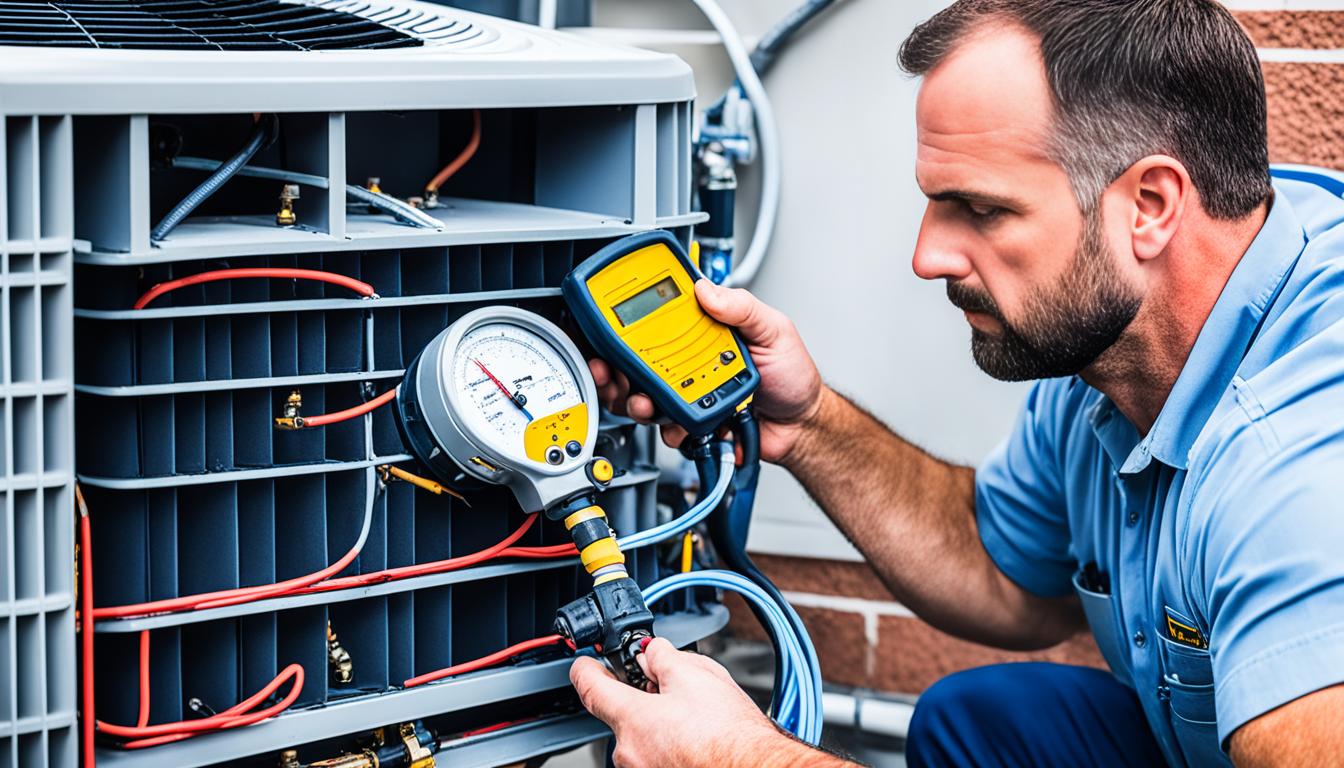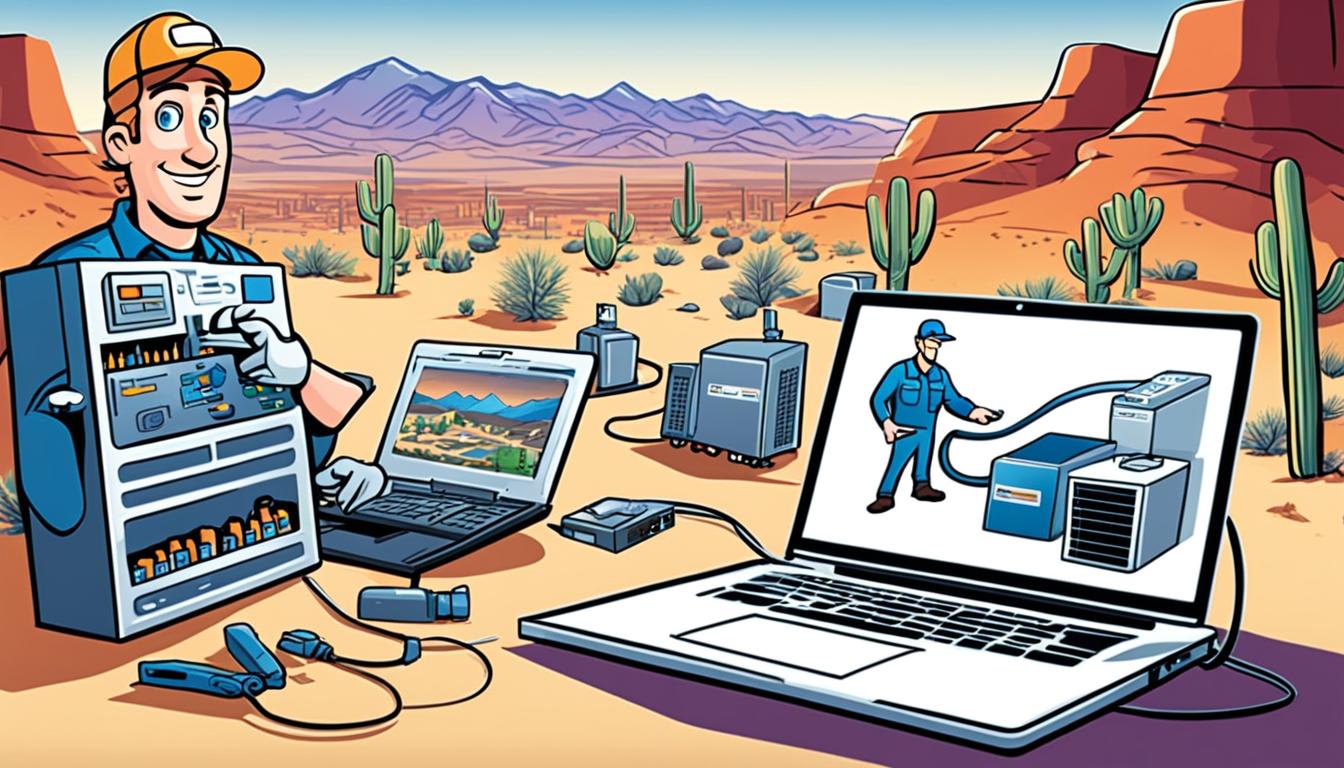Imagine this: It’s a scorching summer day, and you walk into a client’s home to repair their air conditioning system. As you inspect the unit, you notice a small, undetected leak. What may seem like a minor issue now can quickly escalate into a major problem, causing costly repairs and frustrating downtime for your client.
As an AC repair contractor, you understand the importance of preventive maintenance, but did you know that integrating leak detection into your regular maintenance schedules can make a significant difference?
Leak detection in maintenance schedules is not just about avoiding expensive repairs; it’s about safeguarding the efficiency and longevity of AC systems. By proactively identifying and addressing leaks, you can ensure optimal performance, reduce energy consumption, and enhance customer satisfaction.
In this article, we will explore the importance of leak detection in maintenance, discuss best practices for integrating it into your schedules, and provide actionable insights to help you optimize your AC repair services.
But first, let’s dive deeper into why leak detection is crucial for maintaining AC systems and protecting your clients’ comfort and investments.
The Importance of Leak Detection in Maintenance
Leak detection plays a critical role in maintenance as it helps identify and address equipment leaks in a timely manner. By detecting leaks early on, AC repair contractors can prevent further damage to equipment and minimize product losses.
Regular maintenance inspections should include leak detection as a standard practice. It is essential to check valves, pumps, and connectors for leaks to ensure the proper functioning of AC systems. By proactively detecting and repairing leaks, contractors can improve the efficiency and lifespan of the systems.
Not only does leak detection help prevent costly repairs and equipment replacements, but it also reduces energy consumption and operating costs in the long run. By addressing leaks promptly, contractors can ensure that the systems are running optimally, leading to energy savings and improved performance.
Integrating leak detection into maintenance schedules is also crucial for maintaining compliance with EPA regulations. The Environmental Protection Agency has strict guidelines regarding leak detection and repair (LDAR) programs, which are designed to minimize the environmental impact of AC systems.
By conducting regular leak detection as part of their maintenance routine, contractors can stay in compliance with these regulations and avoid potential fines or penalties. Additionally, implementing preventative maintenance practices for leaks showcases a commitment to sustainability and environmental responsibility.
| Maintenance Approach | AC System Efficiency | Maintenance Costs |
|———————-|———————-|——————-|
| Reactive | Decreased | High |
| Preventative | Improved | Moderate |
| Proactive | Optimal | Low |
This table highlights the correlation between maintenance approach, AC system efficiency, and maintenance costs. Adopting a proactive approach that includes leak detection in regular maintenance schedules helps optimize system efficiency while minimizing maintenance costs.
Best Practices for Integrating Leak Detection into Maintenance Schedules
To effectively integrate leak detection into maintenance schedules, AC repair contractors should follow these best practices. By adopting these strategies, you can ensure the optimal performance and longevity of AC systems, while also minimizing the risk of equipment leaks and environmental impact.
Regular refrigerant leak checks are essential for identifying and addressing leaks promptly. Utilize accurate detection methods and reliable notifications to ensure efficient monitoring. Consider recommending the installation of refrigerant leak monitoring systems for continuous surveillance and timely detection.
Keep refrigeration racks and mechanical rooms clean and free from oil and dirt. These contaminants can make leak detection more challenging, so maintaining cleanliness is crucial. By following good housekeeping practices, you can improve the accuracy and effectiveness of leak detection efforts.
Utilizing maintenance management software can greatly enhance your leak detection and maintenance processes. This software allows you to track and document maintenance activities, ensuring proper management and prioritization of leak detection tasks. By leveraging technology, you can streamline your operations and optimize system performance.
Finally, develop a comprehensive maintenance checklist that incorporates leak detection as a standard procedure. By adhering to this checklist, you can proactively prevent leaks and optimize the efficiency of your AC systems. Regularly review and update the checklist to reflect any changes in regulations or industry best practices.





0 Comments